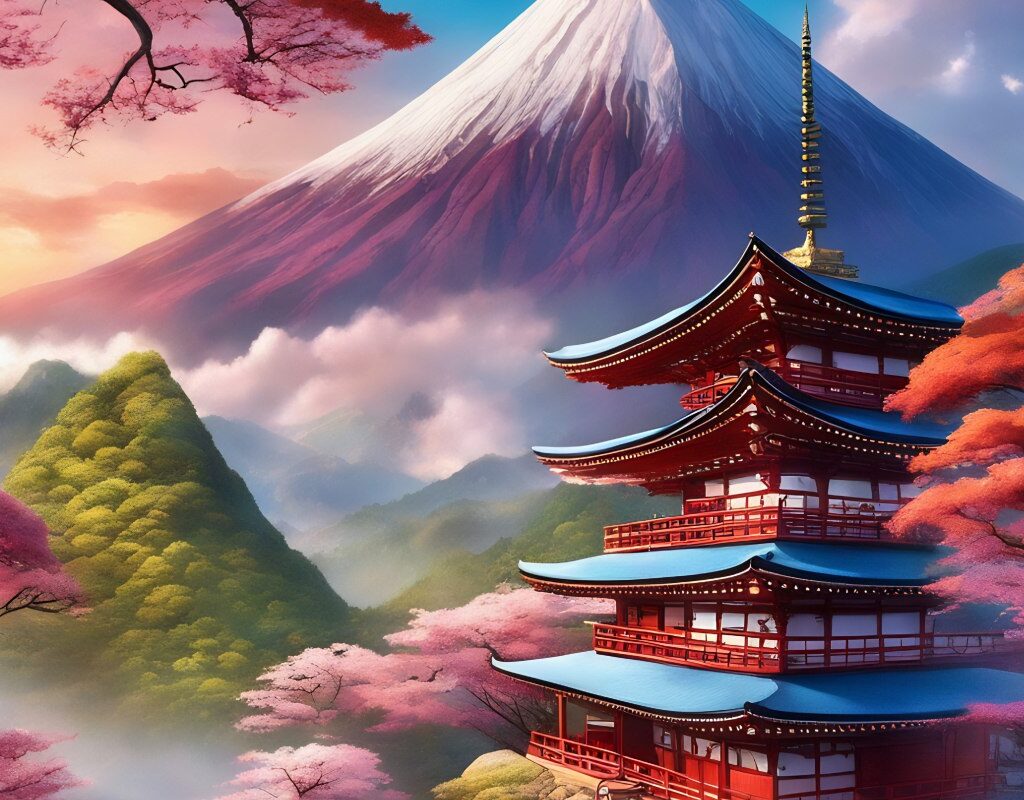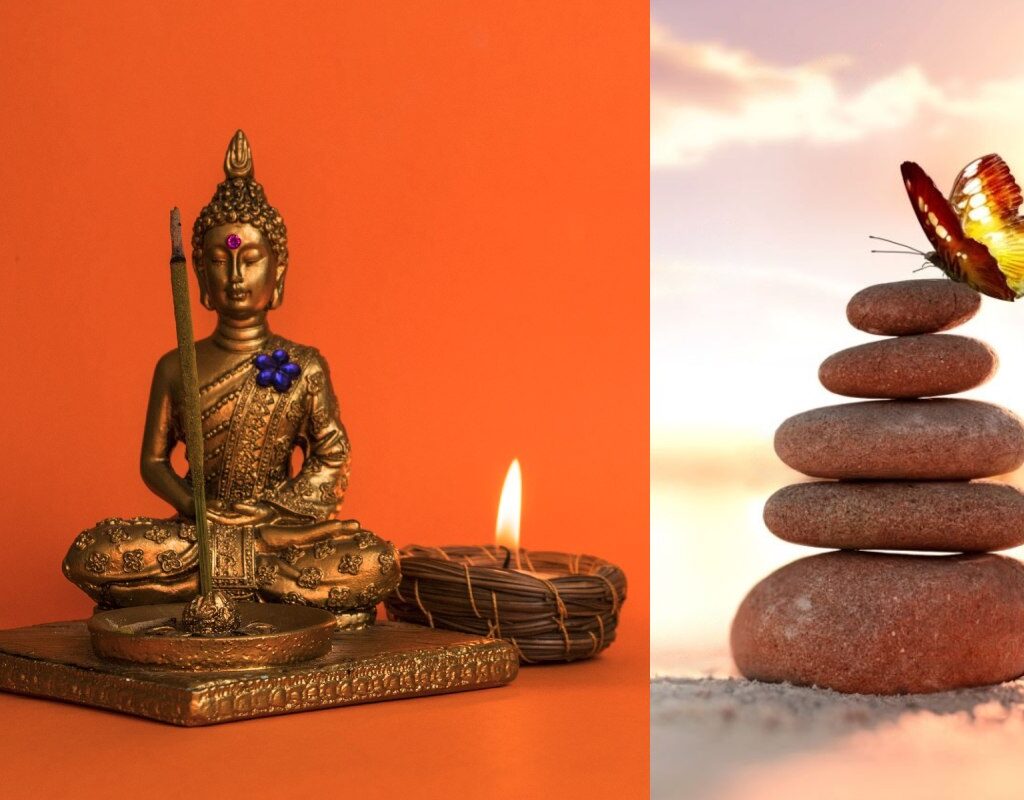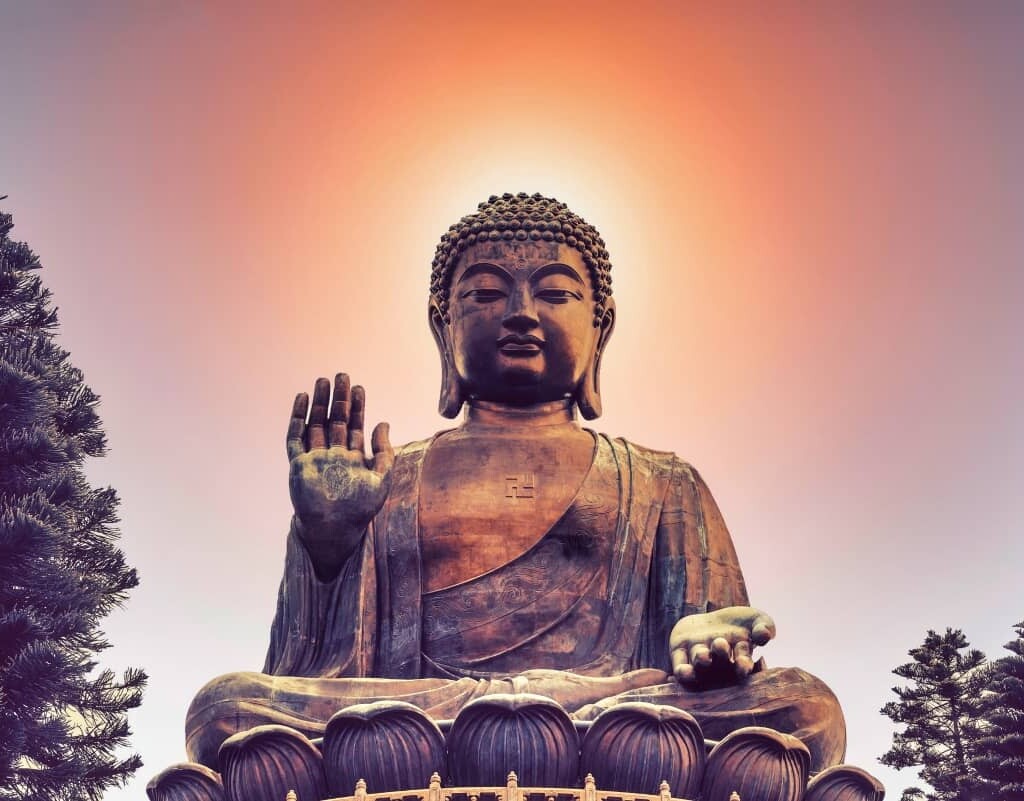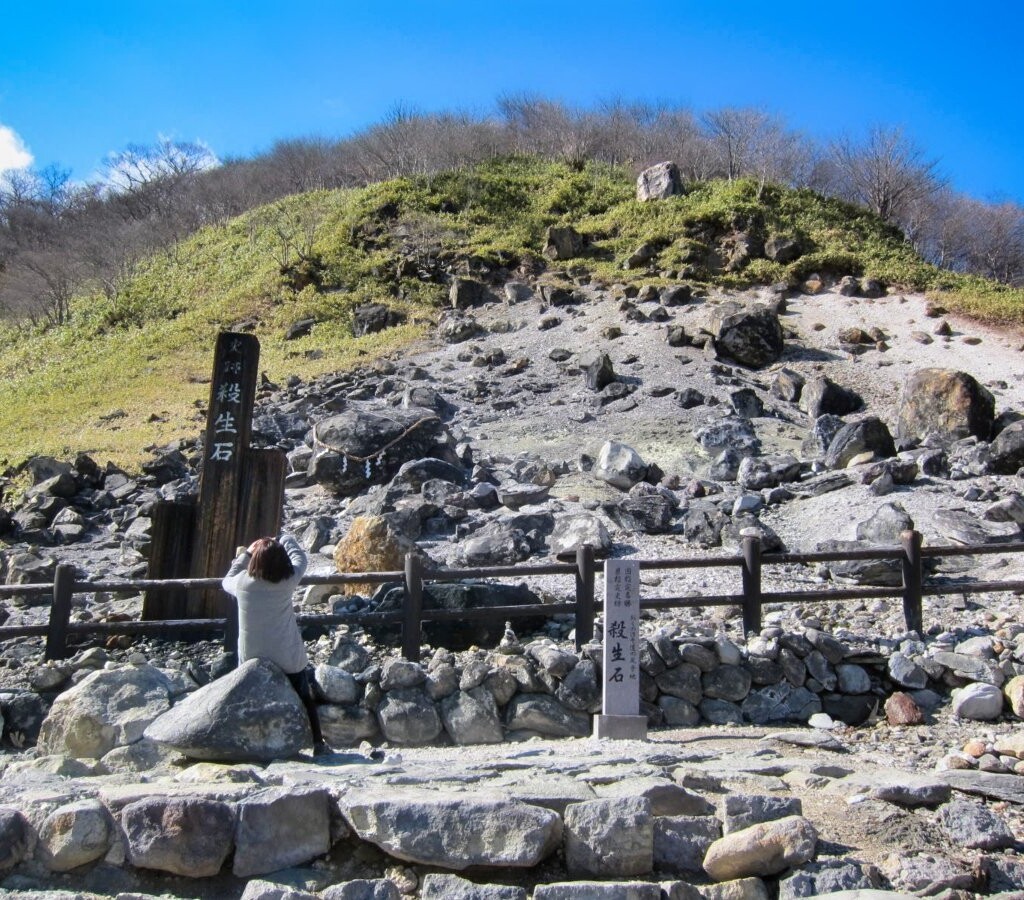A facet of Japan that many overlook is its remote destinations beyond urban centers, perfect for adventurers seeking authentic and unique experiences. Often, when contemplating a reflective journey, destinations like Tibet, India, Bhutan, South America, or Africa top the list. Japan is seldom linked with a spiritual sojourn.
Spiritual Adventure in Japan: Temples, Legends, and Ancestral Practices
Perhaps this is because traditional travel agencies don’t typically market Japan as a place for spiritual routes, or there’s a preconceived notion that an industrially advanced nation can’t harmonize with religious essence.
However, Japan stands out for its equilibrium between modernity and tradition, wellness, devotion, technology, and environment.
It’s noteworthy that Japan is the birthplace of various self-improvement techniques and therapies practiced worldwide: Shiatsu, Reiki, Zen, Doin, Ito-Thermie, Sotai, Kinesiotaping, Aikido, Nankai, Ikebana, the Tea Ceremony, and many others, both ancient and contemporary.
When journeying through Japan, one cannot help but notice signs of its devotion at every turn, be it in metropolises, villages, mountains, or coastlines. The Japanese experience their religiosity deeply, and their temples and shrines are abuzz with passion all year round.
One of the aspects that captivate Western visitors is the peaceful coexistence of the country’s two dominant spiritual streams: Buddhism and Shinto.
Shinto is Japan’s ancient belief
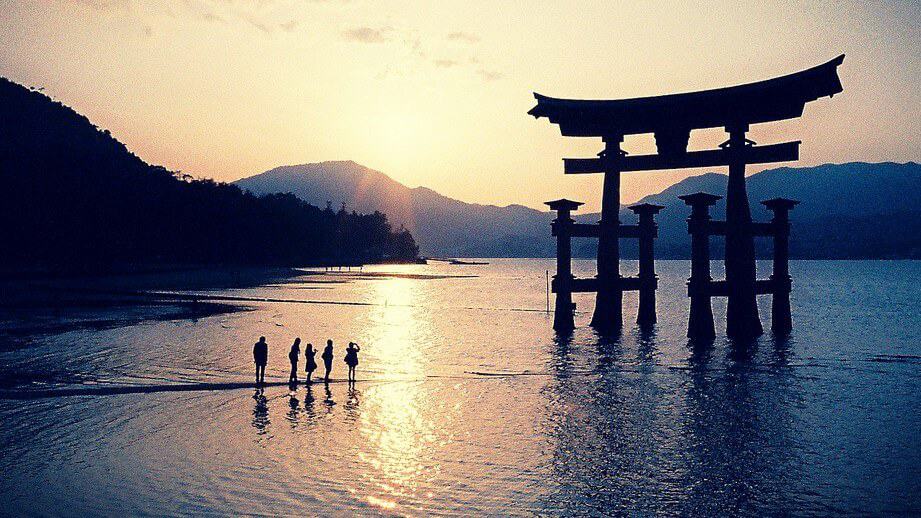
Shinto is Japan’s ancestral belief, historically associated with the appearance of celestial entities in our world ages ago. It’s distinguished by its reverence for various gods (kamis) and natural beings.
Various locations in Japan house these deities and mythological creatures; the kappa, aquatic beings with medicinal protective qualities, and the tengu, inhabitants of lush forests bearing wisdom, martial arts, and spiritual guidance, serving as a bridge between humans and deities.
The expansive pantheon of Japanese folklore is vast, and at times, intertwines with Buddhist, Shinto, and shamanic practices.
Buddhism, on the other hand, is an imported doctrine, arriving in Japan from Korea in the 6th century and spreading throughout the archipelago. Initially centered on the nobility, it eventually permeated all social strata.
Over time, various Buddhist schools emerged in Japan. Notably, in historical order, are: Tendai, Shingon, Nenbutsu, Shugendo, Jodoshu, and Zen, each with its respective subdivisions.
In Japan, Shinto and Buddhism coexist harmoniously. It’s common to find Buddhist temples and Shinto shrines in the same vicinity, establishing unified spiritual centers.
Both structures, temples, and shrines, are erected on sacred coastal or mountainous sites. Yet, it’s not unusual to find these energized and hallowed spaces even in metropolises like Tokyo.
The Tokyo Imperial Complex
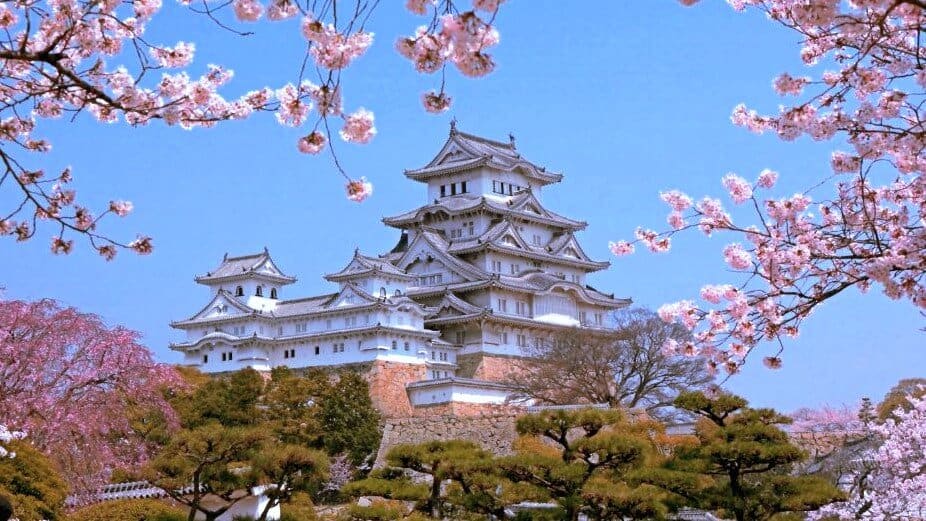
At the heart of the bustling metropolis of Tokyo, home to over 35 million denizens, lies the Imperial Palace Complex, the official abode of the imperial lineage. This expansive space, encircled by squares, gardens, and verdant expanses, stands as a tranquil oasis amid the urban sprawl.
Not far away is the revered Meiji Jingu Shinto shrine, a tribute to Emperor Meiji, a central figure in the realm of Reiki.
While Tokyo showcases glimpses of tradition, it’s in Kyoto where Japan’s age-old soul truly shines. This city, viewed as the spiritual heart of the nation, houses a plethora of temples, shrines, and Zen landscapes.
Dive deep into its history and culture, and one quickly realizes that a fleeting visit can hardly encompass its spiritual and heritage-rich treasures.
Kyoto’s Mystical Mount Kurama
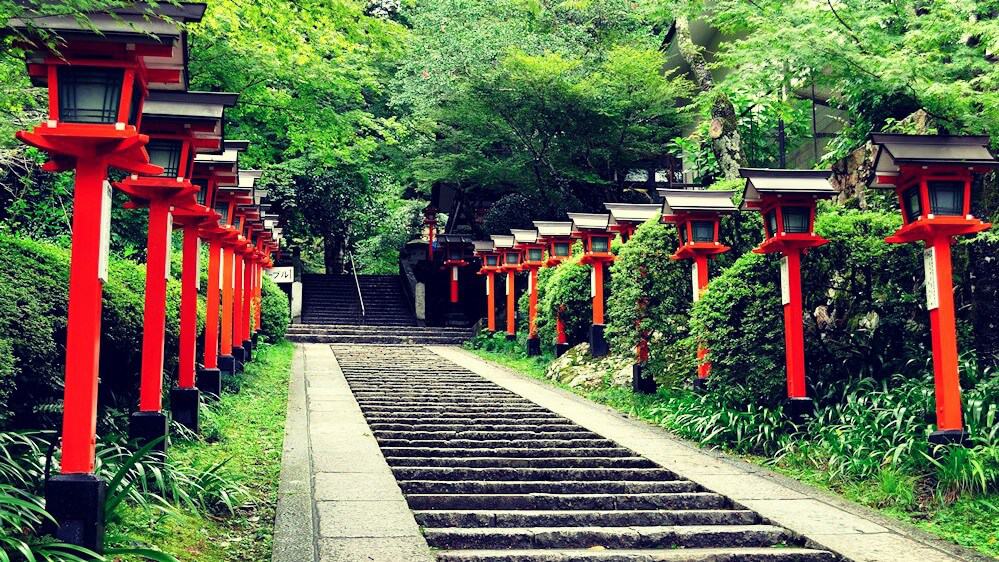
Situated a stone’s throw from Kyoto, Mount Kurama rises as an iconic destination, esteemed as one of the most energetically potent and mystical sites, not only in Japan but globally.
It is acknowledged that Kurama is the birthplace of Reiki, thanks to Mikao Usui, who, following profound meditation, aligned with Reiki transmission. It’s a pilgrimage hub for numerous Reiki practitioners and other healers, seen as quintessential to visit at least once in one’s lifetime.
When expeditions to this region are orchestrated, it’s typical for guides to lead travelers to the mountain’s summit, passing a sequence of temples, hermitages, and shrines. Those who’ve embarked on this journey often speak of a revitalization of their spiritual energy and a reconnection with the essence of Reiki.
Yet, Mount Kurama isn’t solely the reserve of Reiki enthusiasts. Historically, numerous Japanese have sought its slopes in pursuit of wisdom and profound insights.
Mount Osore: A Glimpse Beyond
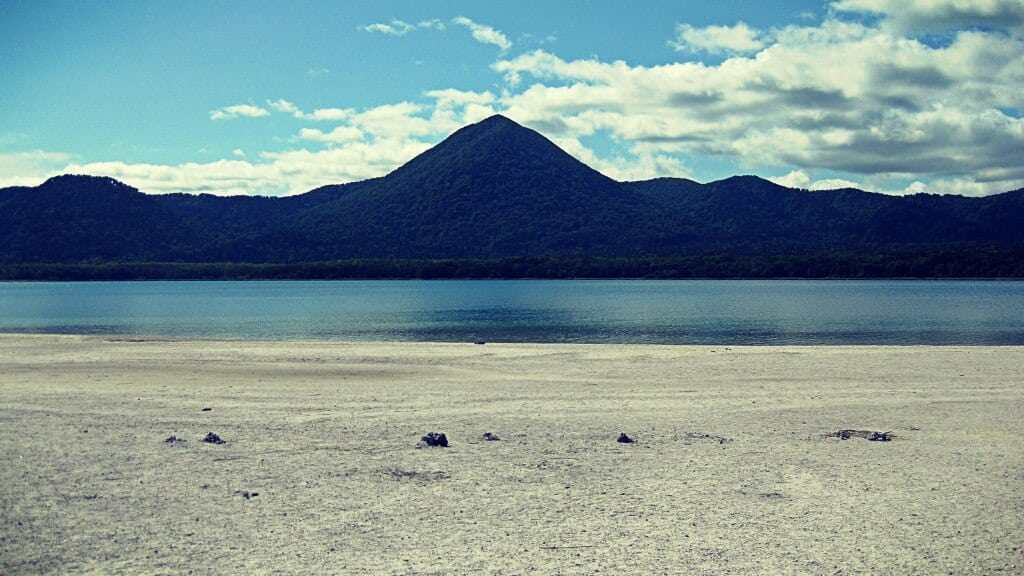
Perched on Japan’s northernmost tip, Mount Osore unveils a landscape with almost lunar and spiritual traits. Some might contend it resembles a portal to another realm, perhaps the netherworld.
Within this mountainous haven, an uncommon turquoise-hued lake unfurls, displaying acidic waters devoid of life. Near its banks, a distinctive Buddhist temple, one of the country’s most unique, stands tall.
This temple is surrounded by channels and ponds emitting sulfurous fumes. These vapors, with their caustic strength, stain metals and leave a lingering essence on fabrics and breaths.
For those in quest of respite, the temple’s sulfur-rich thermal waters provide ofuros, or traditional baths, where both body and spirit can find solace.]
The Ancestral Soto Zen Temple
Among the most intriguing features of this destination is the unique interaction of the Soto Zen Buddhist temple, rooted in its specific tradition, with the enigmatic Itako. These blind seers, regarded as shamans, showcase their mystical talents outside the hallowed grounds.
The primary mission of these remarkable women is to serve as a conduit between their devotees and the spirits of departed loved ones or spiritual mentors.
This spiritual practice at the “threshold of the beyond” is complemented by devotees hailing from various corners of Japan. They engage in Buddhist ceremonies within the temple, principally seeking well-being, healing, and prosperity.
The Mysterious Osorezan
Osorezan, also referred to as “The Mountain of Fear,” is a cryptic destination that some view as an interface between the realm of the living and the beyond. It’s believed to be a portal through which souls of the departed journey to other realities, occasionally interacting with mortals. A stay at this iconic temple promises to be a memorable experience.
Throughout Japan, there are myriad sites infused with a profound spiritual essence. Its mountains, valleys, and forests are steeped in legends of mystical beings and supernatural presences. In its temples, visitors can immerse themselves in meditative practices and Buddhist rituals, while its shrines offer ceremonies of purification and healing.
For those keen on delving deeper into Japan’s sacred and spiritual destinations, I extend the option to reach out to me. I invite you to explore my website where upcoming spiritual expeditions to Japan are detailed. As a renowned Zen proverb states: “Every day is a good day.”
Tono Gimeno

